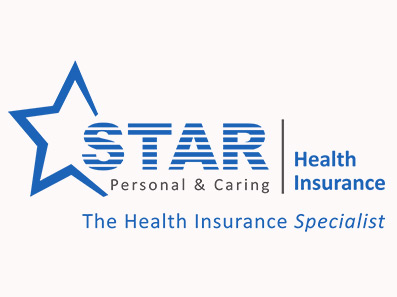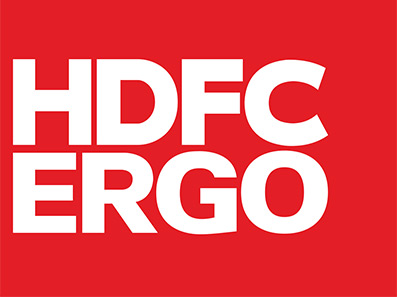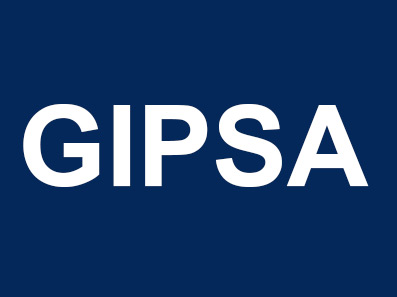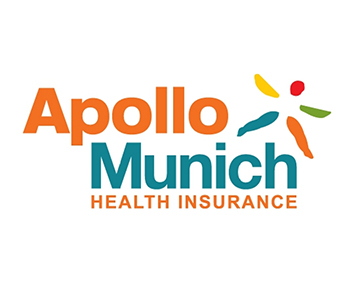ocular surface
In Numbers
Demographics
Technology / Innovation
LJEI is equipped with all the latest and rare Machines / Technology including AI.
Research
We preserve every single case study to handle any complex situation and publish research papers time to time.

Ocular Surface Surgery In India
What is the ocular surface?
The ocular surface is the outer zone of the eye. It is a functional unit composed of different structures such as corneal and conjunctival epithelium, lacrymal glands, eyelids and tear film. All components of this functional unit are linked through the innervation and vascular immunologic and endocrine systems.
Why To Choose LJ Eye Institute For Ocular Surface Transplants?
Choosing LJ Eye Institute for ocular surface transplants ensures access to specialized, cutting-edge care from a team of experienced ophthalmologists. The institute utilizes advanced surgical techniques and state-of-the-art technology to ensure the highest success rates and optimal patient outcomes. Their comprehensive approach includes thorough preoperative assessments and personalized postoperative care, ensuring a smooth recovery and the best possible vision restoration. Additionally, LJ Eye Institute is committed to ongoing research and innovation in ocular surface treatments, providing patients with access to the latest advancements and therapies in the field.
What is the anatomy of the ocular surface?
What are the optical surfaces of the eye?
How are new technologies used to treat eye defects?
What is the treatment for ocular surface disease?
What is the new technology to restore eyesight?
How are new technologies used to treat eye defects?
Dr. Vikas Mittal
Ocular Surface, Cataract Surgeon, LASIK LASER Surgeon
20+ Years Experience
Performed 3000+ Cornea Transplant Surgeries
My Approach
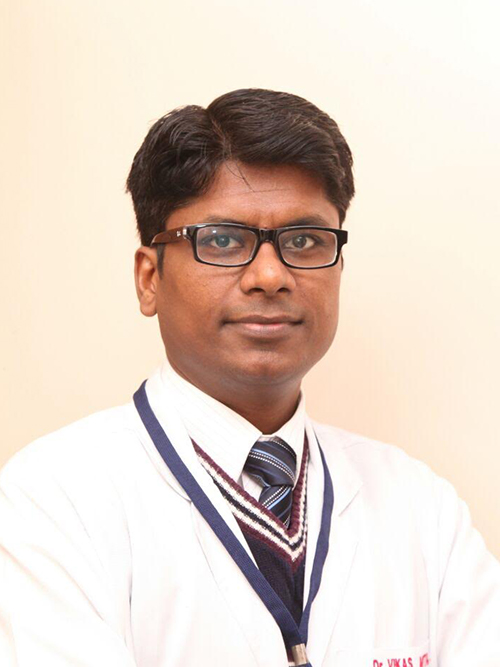
Available Ocular Surface Treatments at LJEI
Cornea Transplant
DMEK
DSEK
DALK
Artificial Cornea (K-Pro)
Corneal Cross-Linking (CXL)
AMG
Bowman-Stromal Inlay (BSI)
Corneal Tattooing
Infection/Ulcer Management
Conjunctival Autografting
SLET
Therapeutic Penetrating Keratoplasty
Optical Penetrating Keratoplasty
Pterygium Surgery
Available Ocular Surface Treatments at LJEI
Cornea Transplants
DMEK Surgeries
DSEK Surgeries
C3R Surgeries
We feel proud to say that our doctors train various Cornea techniques to National and International doctors.
Most Advanced Eye Transplant Techniques Available
At LJ Eye Institute we use most advanced Eye Transplant techniques whichever is available in the world, which further help to increase the success rate. Where using traditional techniques the success rate is 70% to 75%, the new techniques increase the success rate to 90% to 95%.These advanced techniques includes DMEK, DALK, DSEK, using such techniques we need not to change whole Cornea and we change only One or required number of layers of Cornea.

Technology @ LJEI
Technology Available For Ocular Surface Treatments at LJEI
1. Comprehensive Evaluation: Detailed assessments to tailor treatments to individual needs.
2. Advanced Surgical Techniques: State-of-the-art procedures for ocular surface transplants and related surgeries.
3. Personalized Care: Custom treatment plans with a focus on preoperative and postoperative care.
4. Innovative Therapies: Access to the latest advancements and research in ocular surface treatments.
5. Expert Team: Care from experienced ophthalmologists specializing in ocular surface conditions.
These points highlight the institute’s commitment to providing top-quality care for ocular surface issues.

Still Have Questions?
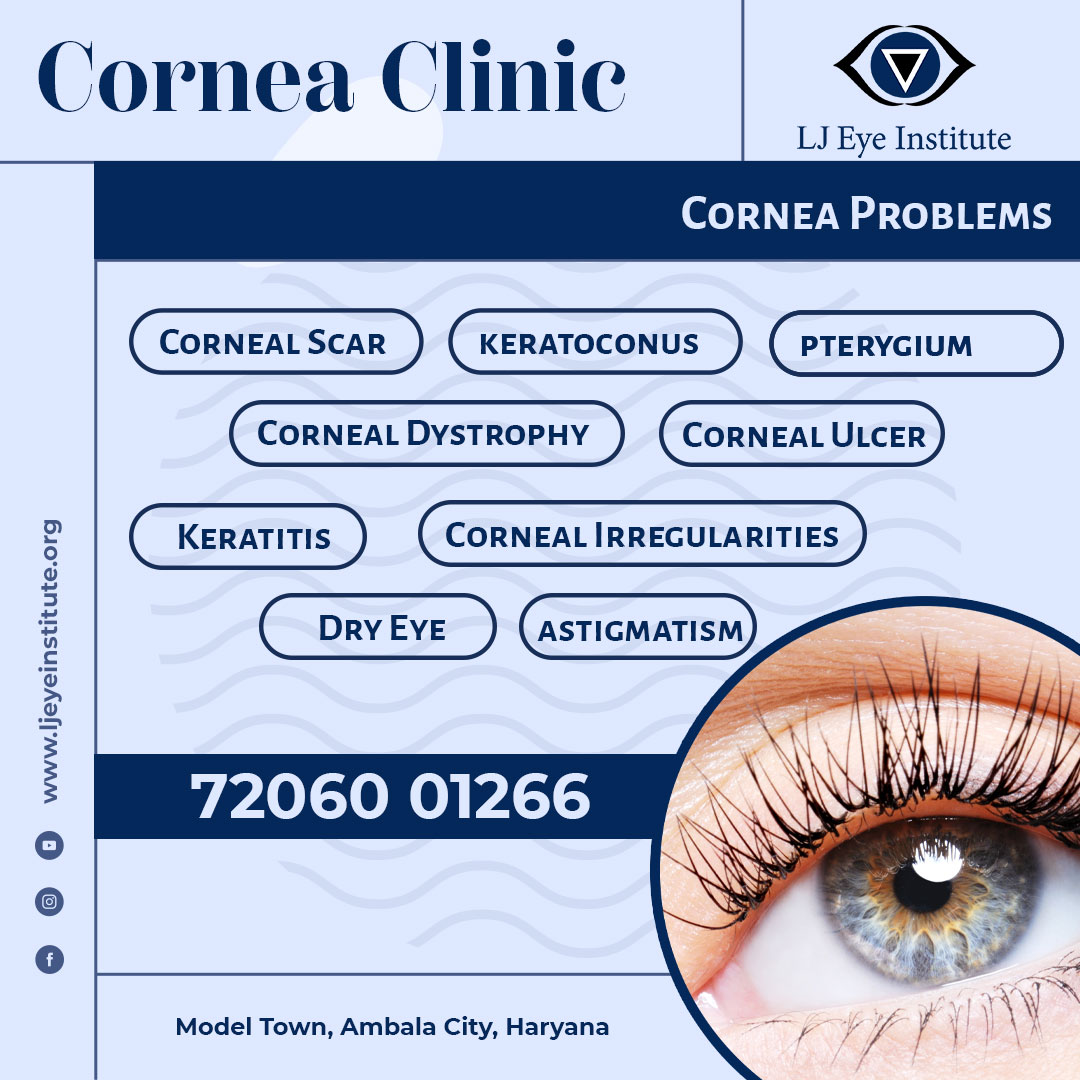
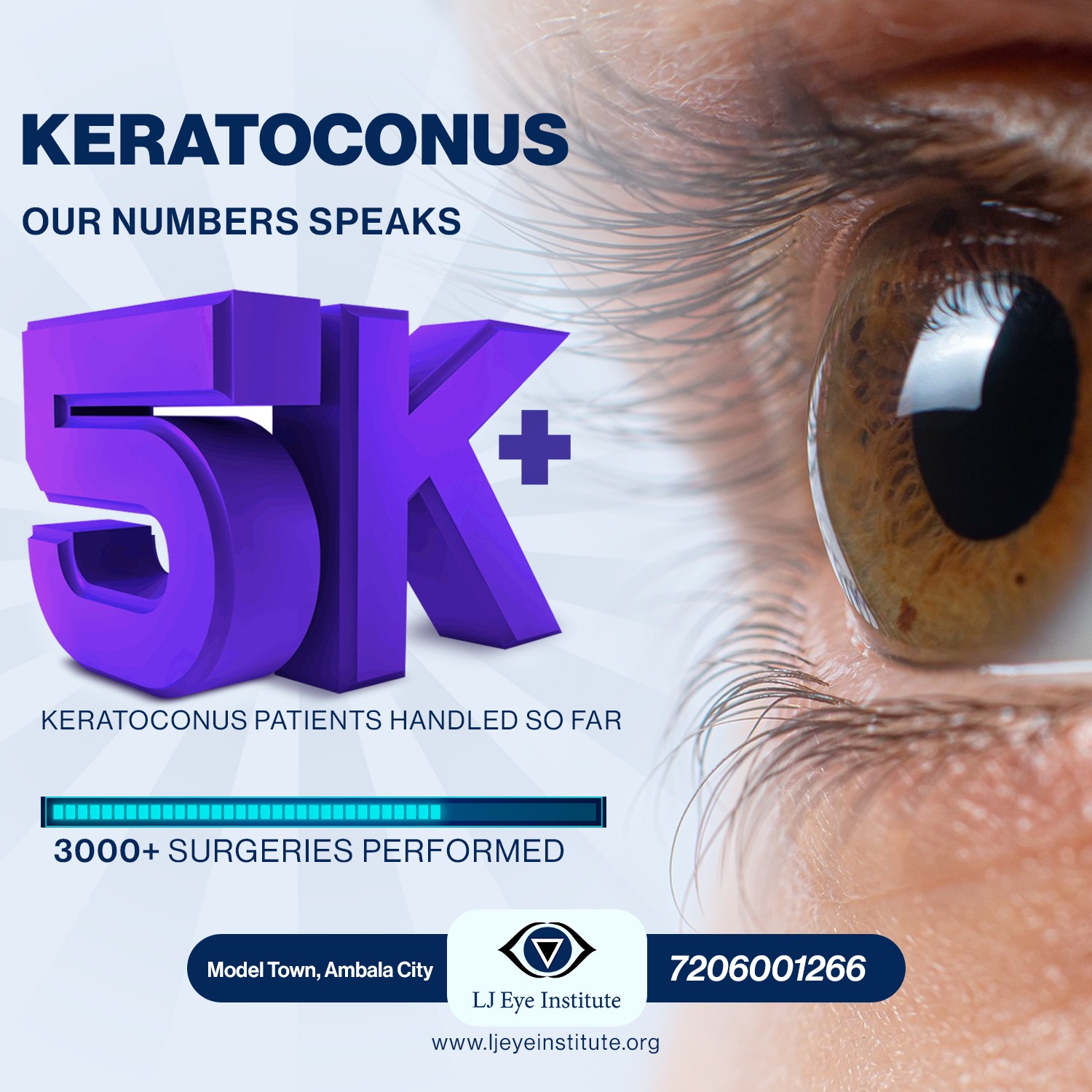
Cornea Patients Feedbacks

Your content goes here. Edit or remove this text inline or in the module Content settings. You can also style every aspect of this content in the module Design settings and even apply custom CSS to this text in the module Advanced settings.

Your content goes here. Edit or remove this text inline or in the module Content settings. You can also style every aspect of this content in the module Design settings and even apply custom CSS to this text in the module Advanced settings.

Your content goes here. Edit or remove this text inline or in the module Content settings. You can also style every aspect of this content in the module Design settings and even apply custom CSS to this text in the module Advanced settings.

Your content goes here. Edit or remove this text inline or in the module Content settings. You can also style every aspect of this content in the module Design settings and even apply custom CSS to this text in the module Advanced settings.

Your content goes here. Edit or remove this text inline or in the module Content settings. You can also style every aspect of this content in the module Design settings and even apply custom CSS to this text in the module Advanced settings.

Your content goes here. Edit or remove this text inline or in the module Content settings. You can also style every aspect of this content in the module Design settings and even apply custom CSS to this text in the module Advanced settings.


